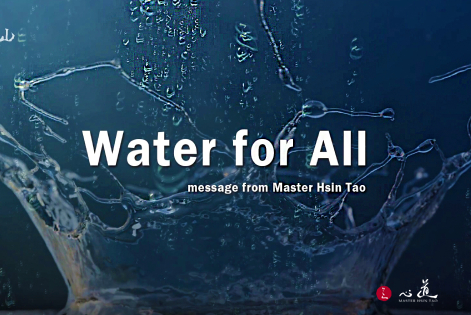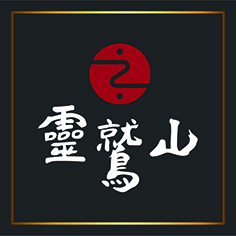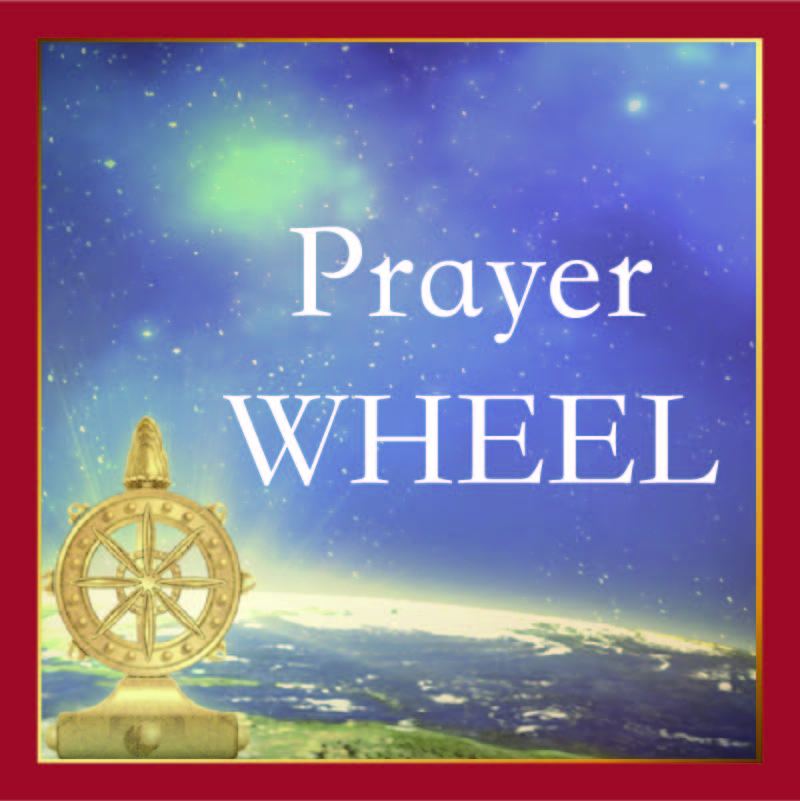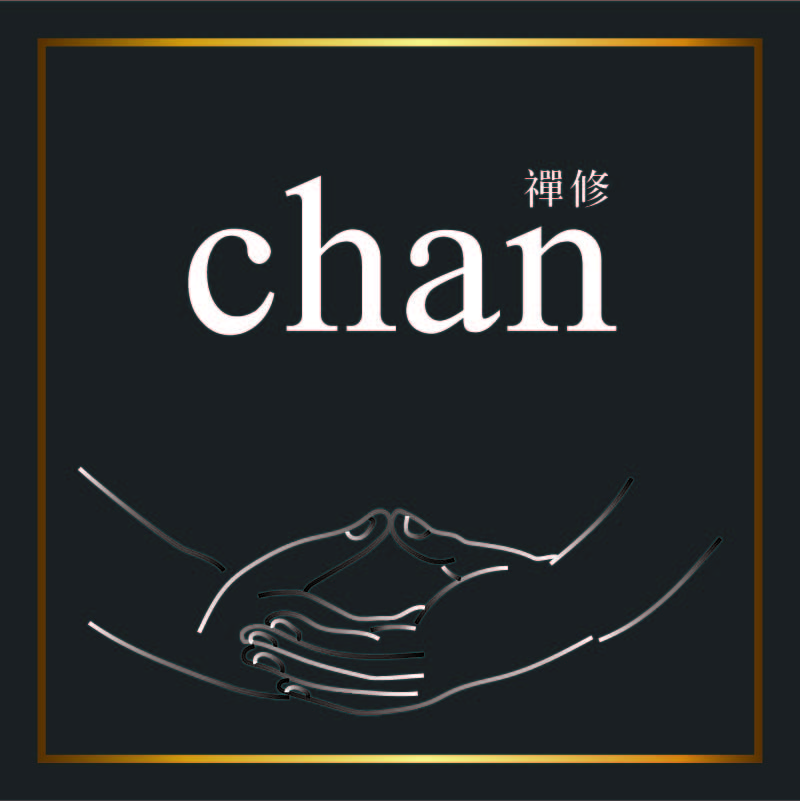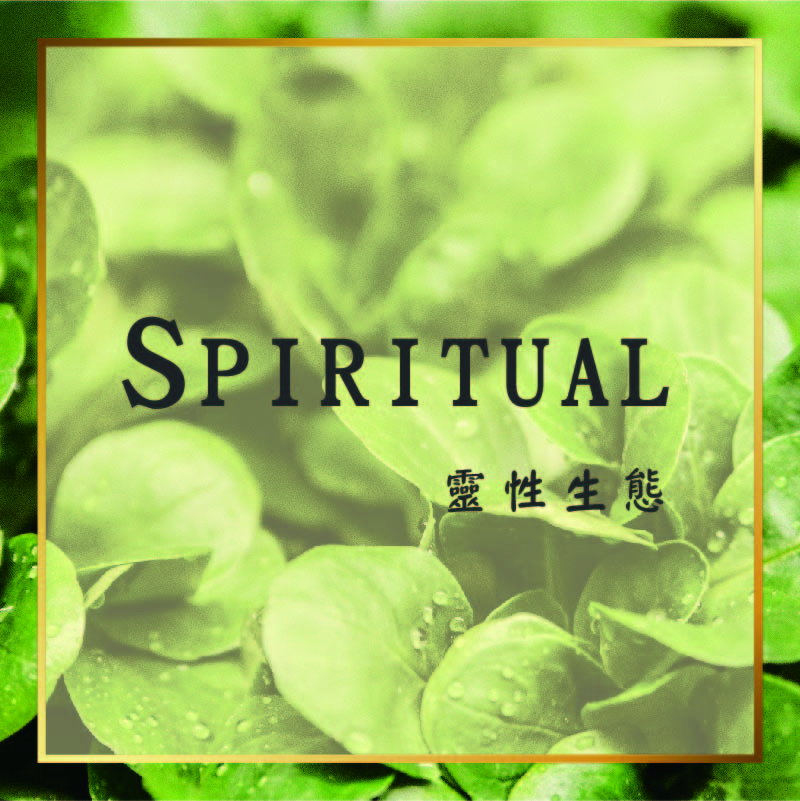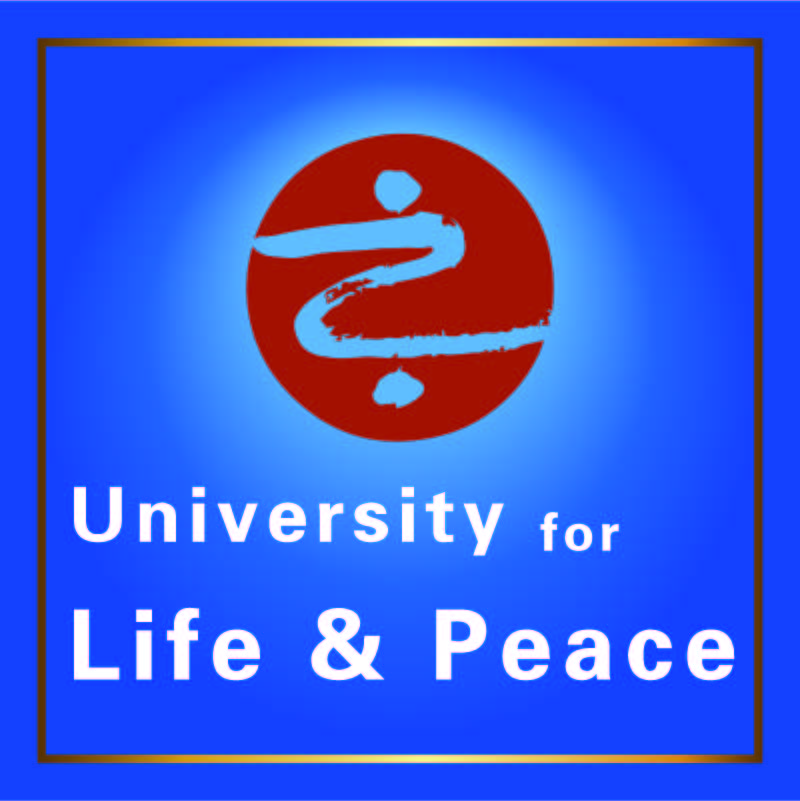
The Earth as Our Shared Home, A Vision Fulfilled (I)
 "Love the Earth, Love Peace" is the lifelong mission advocated by Dharma Master Hsin Tao, and represents a practical expression of spiritual ecology. In response to questions from young people of various nationalities and religions, Master Hsin Tao offers clear and accessible teachings, sharing insights and reflections drawn from many years of interfaith engagement.
"Love the Earth, Love Peace" is the lifelong mission advocated by Dharma Master Hsin Tao, and represents a practical expression of spiritual ecology. In response to questions from young people of various nationalities and religions, Master Hsin Tao offers clear and accessible teachings, sharing insights and reflections drawn from many years of interfaith engagement.
Several years ago, a group of international students came to LJM Wu Sheng Monastery to participate in a Buddhist experiential camp co-organized with Rotary International. It was a great joy to see such a vibrant and energetic group of students from around the world; this experience reaffirmed the very real possibility of actualizing the vision of a global family.
 During the event, I shared with the students my experiences of participating in interfaith dialogue on the international stage. The impetus for these engagements is the urgent set of problems that our planet faces. Whenever there is a major international conference, we make the effort to attend, to express concern, to engage in discussion, and to contribute. Whether addressing global warming, promoting interfaith harmony, or advancing peace among ethnic groups, we seek to do our part. I also spoke about our interactive platform—the Museum of World Religions—which offers further opportunities for collaboration and learning across diverse religious and ethnic traditions.
During the event, I shared with the students my experiences of participating in interfaith dialogue on the international stage. The impetus for these engagements is the urgent set of problems that our planet faces. Whenever there is a major international conference, we make the effort to attend, to express concern, to engage in discussion, and to contribute. Whether addressing global warming, promoting interfaith harmony, or advancing peace among ethnic groups, we seek to do our part. I also spoke about our interactive platform—the Museum of World Religions—which offers further opportunities for collaboration and learning across diverse religious and ethnic traditions.
One of the most important insights is the understanding of diverse cultures, ethnicities, and ways of living. We have come to see that every religion and every ethnicity forms an entity of interdependence as a whole. The Earth is not merely a physical environment; it is our shared home. Through mutual understanding, friendship, care, and support, we build connections. Although our faiths and cultures may differ, and such differences inevitably bring certain challenges, approaching them with humility and a willingness to learn through direct experience allows us to discover joy and meaning. After my sharing, the students actively raised questions and expressed their thoughts.

- Question: Discussion can be quite a challenge. Since everyone has different views, how can you trust them all?
- Master Hsin Tao: Different opinions compel us to search for common ground. For example, the Christian "Amen" and the Buddhist "Amitabha" share a similar spirit in a way. Although there are many differences between them, within those differences lie shared values. When we recognize these commonalities, we can engage with one another; when we observe differences, we find opportunities for mutual learning.
- Question: How can one actualize religious peace in practice?
- Master Hsin Tao: Every religion and ethnicity possesses its own unique traditions and cultural expressions. At first, we may instinctively resist what is unfamiliar, but through dialogue and understanding, we discover common ground—a shared compassion for humanity and for nature.
Throughout history, religious conflict has been widespread, largely due to mutual misunderstanding, which has made genuine comprehension difficult. The purpose of interfaith exchange is to create space for dialogue. Through the platform provided by the Museum of World Religions, we now have more avenues for conversation and collaboration. In the past, in countries long afflicted by war, even sitting down at the same table was impossible; today, they are willing to engage in dialogue. Religion encompasses different beliefs and cultural forms. By cultivating an attitude of appreciation and praise, and by fostering spaces for mutual learning, we can transform conflict and generate greater harmony.


